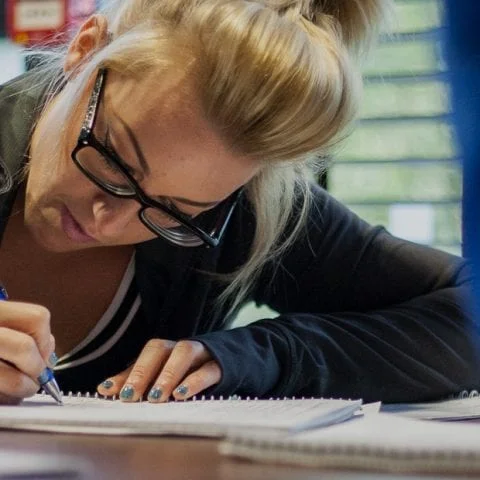The following Level 3 Anatomy and Physiology Mock Exam is provided as a FREE resource for any student working towards a health and fitness industry qualification that contains this exam, including personal training courses, yoga qualifications, Pilates qualifications and exercise referral.
This exam includes questions that cover a broad-range of knowledge and understanding across multiple subject areas, including the skeletal system, muscular system, cardiovascular system, nervous system, endocrine system, energy systems and bioenergetics.
There are 40 multiple-choice questions and you are required to answer 28 correctly to pass the exam.
Whether you are taking your assessment with HFE, or another training provider, feel free to use this mock exam resource as much as you like.
Enjoy and good luck.

